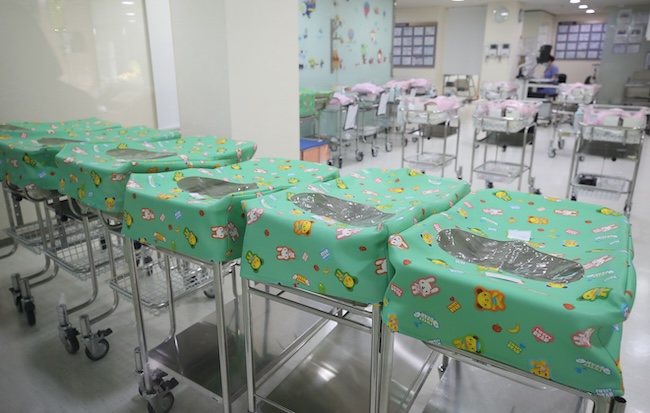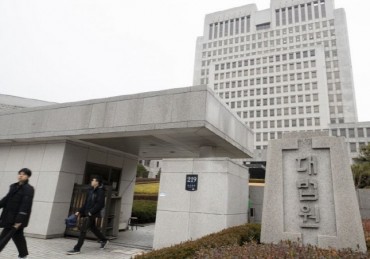
A congenital brain malformation in a nurse’s child has been recognized as an industrial accident. (Image courtesy of Yonhap)
SEOUL, Jan. 22 (Korea Bizwire) — A congenital brain malformation in a nurse’s child, believed to be caused by exposure to harmful environments during pregnancy, has been recognized as an industrial accident. This marks the first case since the implementation of the ‘Fetal Occupational Injury Law’ last year.
On January 20, the Korea Workers’ Compensation and Welfare Service confirmed that on December 15, they recognized the congenital brain malformation of the child of an individual referred to only as Nurse A as an occupational injury.
This decision followed an epidemiological investigation by the Korea Occupational Safety and Health Agency, which concluded there was significant scientific evidence linking the child’s condition to the mother’s work-related activities.
This is the first instance of fetal occupational injury recognized by the service since the amendment of the Industrial Accident Compensation Insurance Act (Fetal Occupational Injury Compensation Act), which began last year.
Before this, the Supreme Court recognized four cases of industrial accidents involving nurses in 2020, making Nurse A’s case the fifth official instance of fetal occupational injury.
According to the report from the Epidemiological Investigation and Evaluation Committee of the Korea Occupational Safety and Health Agency, Nurse A was assigned to mix dialysis fluids in an artificial kidney room at a hospital shortly after becoming pregnant with her second child in 2013.
Due to budgetary constraints, the hospital switched from pre-made to manually mixed dialysis fluids, which often emitted a strong smell of acetic acid, making it difficult for Nurse A to breathe.
Three months after she finished working at the hospital, which closed down, her child was born and diagnosed with lissencephaly, a congenital malformation characterized by a lack of brain folds. In 2015, the child was diagnosed with a class 1 brain lesion disability and later, in 2017, with quadriplegia.
The committee inferred that repeated exposure to acetic acid during pregnancy likely caused acute lung damage or chemical pneumonia, leading to hypoxia. Hypoxia is a well-known factor that can induce brain-related malformations, particularly during the first trimester, a critical period for brain development.
In contrast, for three similar fetal occupational injury claims from workers at a Samsung Electronics semiconductor factory, the committee concluded that there was insufficient scientific evidence to link the workers’ children’s conditions to their work.
Based on these findings, the Korea Workers’ Compensation and Welfare Service will make a final decision on the approval of occupational disease at the Occupational Disease Adjudication Committee.
M. H. Lee (mhlee@koreabizwire.com)






